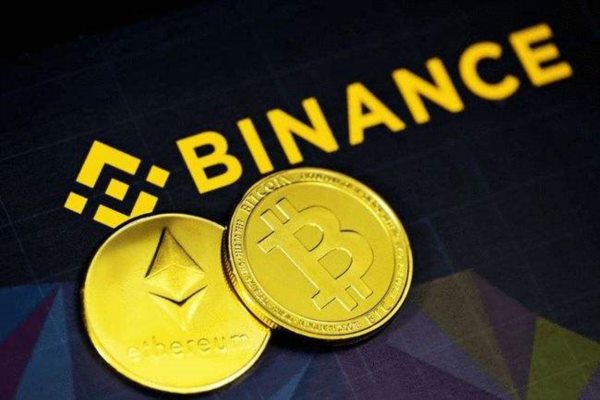时间:2024-03-22|浏览:260

用戶喜愛的交易所

已有账号登陆后会弹出下载
The Sol chain has been booming in the past week, and the price of Jupiter's token $JUP in the secondary market has almost doubled in the past two weeks, following the pace of Solana.
The research on Jupiter and $JUP in the market is more from a secondary perspective. Behind the outstanding (or temporarily outstanding) market value performance, in addition to excellent dog farms and communities, it is also inseparable from the support of its excellent product design. So today, let’s take a look at Jupiter’s product design ideas from a product perspective.Due to content length reasons, the research content will be published in two articles.In the Solana ecosystem, the emergence of Jupiter is no accident, but a strong proof of technological innovation and user experience optimization among many DEXs. As the most competitive DEX on the Solana network, Jupiter is one of the main choices for Solana trading users.The key to its products attracting attention lies in its three core functions: liquidity aggregator, current price order and DCA/fixed investment. The application of these three innovative technologies not only enhances Jupiter's competitiveness, but also sets a new benchmark for the entire DEX track.Core Function Module 1: Liquidity AggregatorJupiter's liquidity aggregator technology is one of its core competencies. In the traditional DEX model, the liquidity pool of each exchange exists in isolation. When exchanging assets, users often need to find the best trading pool to obtain the best trading price. This is not only time-consuming and labor-intensive, but also Due to the dispersed liquidity, it is difficult to ensure the optimality of transactions.Jupiter's liquidity aggregator technology can span many liquidity pools in the Solana ecosystem, automatically find and aggregate optimal liquidity resources through algorithms, and provide users with a one-stop best trading path.Before trading, users can choose to modify parameters such as transaction fees, slippage size, and whether to use a direct path. This means that users can obtain the best transaction price and lowest slippage in the entire ecosystem on one interface, improving the efficiency and economy of asset exchange.The implementation of Jupiter transaction aggregation is based on its back-end intelligent routing technology. On the back end, Jupiter monitors and analyzes the entire market's transaction data in real time through complex algorithms, including price, depth, slippage and other dimensions.Based on these data, the intelligent routing algorithm can dynamically select the best trading route for each transaction, ensuring the success rate and cost efficiency of user transactions even in the face of severe market fluctuations. Specifically, once Jupiter obtains market data, its multi-path search algorithm begins looking for the best trading path.This process involves complex calculations, as it not only considers the direct trading pair, but also analyzes whether a better trading price can be achieved through a series of intermediate token conversions.For example, if a user wants to exchange from token A to token C, smart routing will not only consider the direct A→C transaction path, but also possible intermediate paths such as A→B→C or A→B→D→C. So as to find the lowest cost trading solution.Although the technology behind smart routing is very complex, Jupiter is committed to providing users with a simple and easy-to-use trading experience. The operation of smart routing is completely transparent to users. Users only need to enter the tokens and amounts they want to exchange, and the rest of the work is automatically completed by smart routing.This design minimizes the user's operational difficulty, allowing users to easily conduct transactions even without a deep technical background.
Core Function Module 2: Limit OrderJupiter provides traders with a limit order function, which effectively avoids cost increases and slippage problems caused by price effects during transactions, and also circumvents the MEV problem. When the order is not fully filled, the limit order can be partially filled and the tokens for the filled portion will be obtained.When proposing a transaction, users can select the order validity period, exchange price and exchange quantity to more accurately implement their trading strategies. The protocol cooperates with Birdeye and TradingView. Birdeye provides on-chain price data of tokens, and Jupiter uses TradingView’s technology for chart data display. This feature makes the actual experience Jupiter provides users closer to that of a centralized exchange.
Core Function Module 3: DCA Fixed InvestmentDollar-Cost Averaging (DCA) is an investment strategy in which investors spread the cost of buying into a preset price range through multiple investments within a specific time interval. This method can help investors reduce the cost of buying at a single price point. Investment Risks.To conduct DCA fixed investment in Jupiter, users only need to set the purchase frequency (Jupiter provides a minimum frequency of minutes and a maximum frequency of monthly), purchase price range, total time period and the assets they wish to purchase. After the fixed investment, the user's tokens will be transferred to the account related to the fixed investment, and transactions will be automatically executed based on the preset price range and transaction frequency.After the fixed investment is completed, the tokens are automatically transferred back to the user's wallet, and the agreement charges one thousandth of the fee for the fixed investment. Controllable cost prices, low fees and fully managed trading processes make DCA a good choice for traders to accumulate assets in a bear market. However, in the bull market, this mechanism has become relatively unknown, so the overall demand for this feature is still relatively small.









